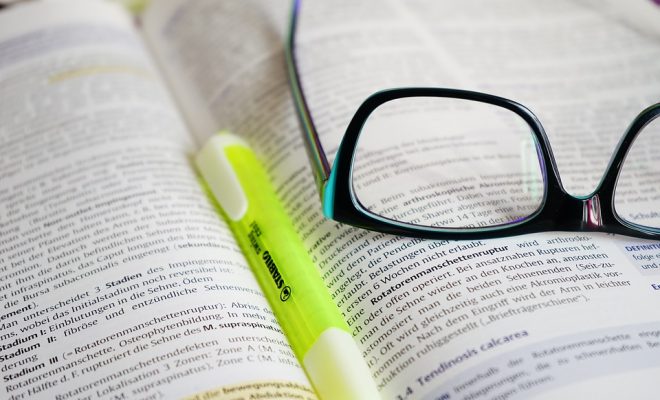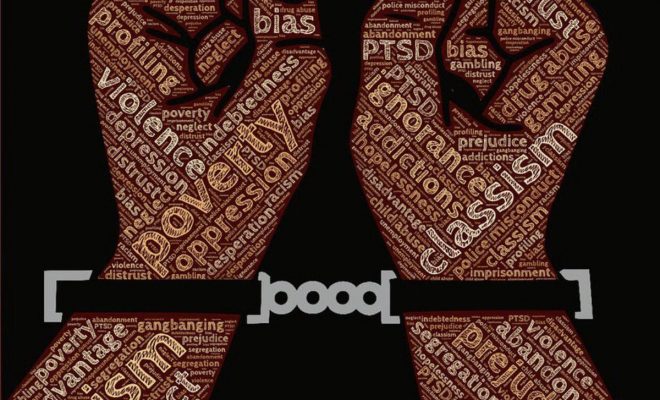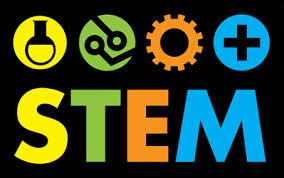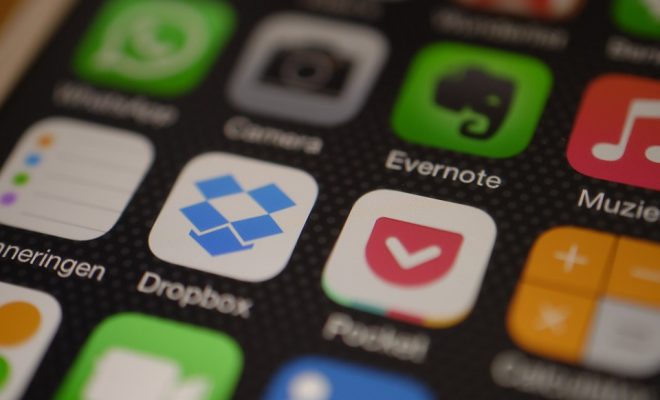Ethical Online Learning, Critical Pedagogy and Social Justice
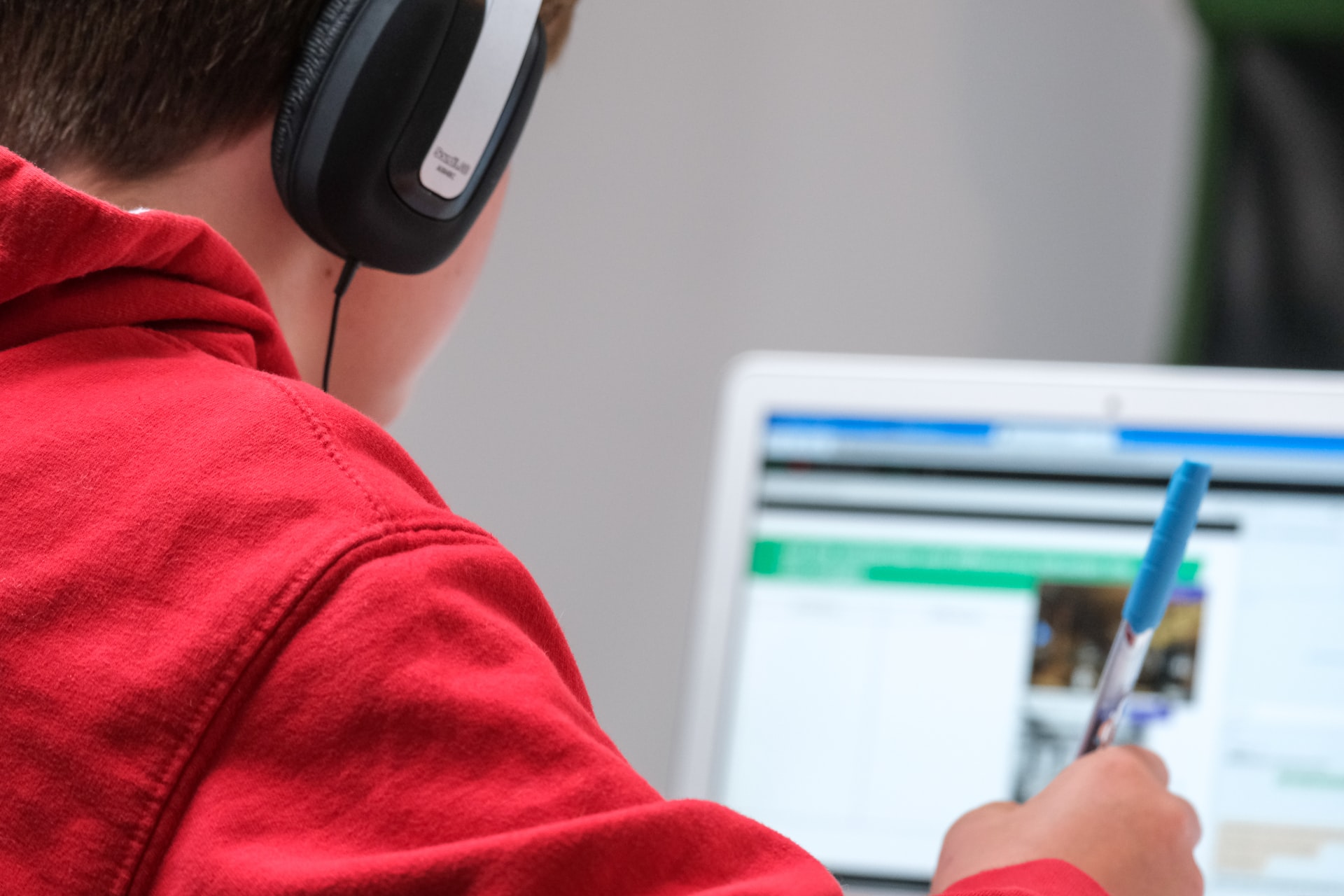
For all of the “disruption” of education that Silicon Valley talks about, many of today’s education technology merely digitizes the ineffective aspect of the past education. MOOCs, or Massive Open Online Courses, are digital versions of the very maligned big group lecture. Online textbooks are another unidirectional method of information delivery, and virtual flashcards are just another tool for useless memorization.
The current surge of education tech is filled with replications of the least-favorable parts of learning and teaching, all of which are not pedagogically sound. This article will discuss the role of critical pedagogy and social justice in the online learning environment.
Critical Pedagogy
In essence, critical pedagogy is an approach to teaching that aims to help learners challenge and question domination and the practices and beliefs that dominate. It is a theory and practice of aiding learners in their pursuit of critical consciousness.
It is defined by habits of thought, writing, reading, and talking that delve beneath the meaning’s surface, as well as a host of other terms. When critical pedagogy is applied, the educator leads the learners to question practices and ideologies that are considered oppressive.
This includes those at school, and educators encourage liberatory individual and collective responses to their actual living conditions. A learner generally starts as a member of the process or group (religion, cultural norms) that they are studying critically. After they have reached a revelation where they view society as problematic, they are encouraged to share this knowledge and attempt to change society’s oppressive nature.
The Need for Social Justice in Education
Now more than ever, leaders need to affect changes in social policies in K-12 education. In California, where over 6 million children participate in K-12 public education, funding allocations designed for disadvantaged learners have not recovered from budget cuts due to the recession.
Schools with the most significant demands for English learner courses do not have enough capable educators or leaders. Black, Latino, and Native American learners are more likely to be found in schools with large populations of economically disadvantaged learners.
The bottom line? There are flaws and gaps in the education system that are not measured and tracked using standard achievement scorecards. These innate gaps are closed for privileged families with access to resources, but are still wide open for learners from underprivileged families.
What Does This Have to Do With Online Learning?
When it comes to online learning, the opportunity for critical pedagogy is often not presented to learners due to the distance format. Thus, distance learners are not questioning the systems present in their society and are not made aware of social injustices.
Educators must present critical pedagogy opportunities and petition for social justice changes at their institution, even through online learning. Just because learners are learning from a distance doesn’t mean they cannot be subject to social injustices.
An underprivileged learner may have access to a computer and the internet, but that’s not enough to make them any less disadvantaged.
Conclusion
Critical pedagogy and social justice are as crucial in the online classroom as in the physical one, and both learners and educators must be aware of this. We must not neglect social justice when learning at a distance.

